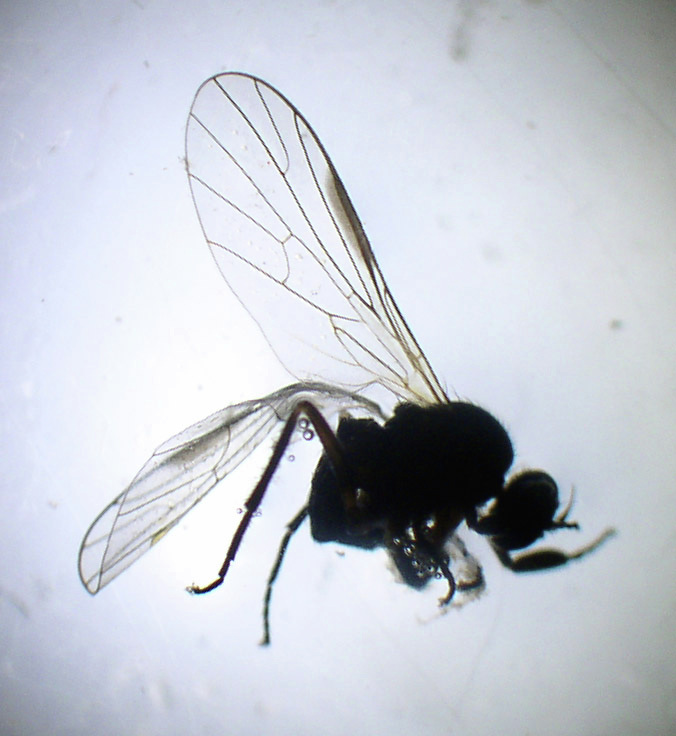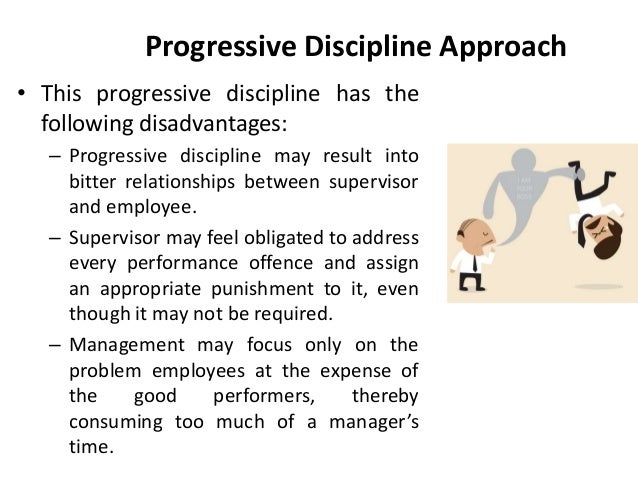Citizen Science Project Investigates Whidbey Clams

Table of Contents
Understanding the Decline of Whidbey Clams
The dwindling numbers of Whidbey clams are a complex issue with multiple contributing factors. Understanding these factors is the first step towards effective conservation. Several key threats are impacting these populations:
- Pollution: Runoff from agricultural lands and urban areas introduces pollutants such as fertilizers and pesticides into the water, harming clam health and reproductive success. Specifically, nitrogen runoff is a significant concern, causing algal blooms that deplete oxygen levels in the water, creating "dead zones" uninhabitable by clams.
- Habitat Destruction: Coastal development, dredging, and shoreline erosion destroy critical clam habitats, reducing the available space for them to thrive. The loss of eelgrass beds, important clam nurseries, is particularly damaging.
- Overharvesting: Unsustainable harvesting practices, including illegal digging and exceeding permitted limits, deplete clam populations faster than they can replenish themselves.
- Climate Change Impacts: Rising ocean temperatures and ocean acidification, a direct consequence of increased atmospheric CO2, negatively affect clam shell formation and overall survival rates. Increased storm intensity also leads to habitat disruption.
- Predation: Several predators, including shorebirds and crabs, prey on clams, adding another layer of pressure on already stressed populations.
The Role of Citizen Scientists in Clam Research
The success of the "Whidbey Clam Citizen Science" project hinges on the active participation of dedicated citizen scientists. Volunteers play a vital role in several aspects of the research:
- Data Collection: Citizen scientists collect crucial data, including clam counts, size measurements, and assessments of water quality parameters like salinity, temperature, and pH levels.
- Habitat Monitoring: Volunteers meticulously monitor clam habitats, documenting changes in the environment and identifying areas requiring special attention. This includes observing the health of eelgrass beds and identifying signs of pollution.
- Public Outreach and Education: Citizen scientists are essential in raising public awareness about the importance of Whidbey clams and the threats they face. Their engagement helps foster a sense of community stewardship.
- Data Entry and Analysis: Depending on their skillset, some volunteers assist with entering and analyzing collected data, contributing directly to the scientific understanding of clam populations.
Participation in the project offers several benefits, including opportunities for hands-on learning, contributing to important scientific research, and fostering a deeper connection with the Whidbey Island environment.
Training and Resources for Citizen Scientists
Before embarking on data collection, citizen scientists receive comprehensive training covering essential aspects of the project:
- Identification of Clam Species: Volunteers learn to accurately identify Manila and Littleneck clams to ensure data accuracy.
- Proper Data Collection Techniques: Training includes standardized methods for counting clams, measuring their size, and recording environmental data.
- Use of Equipment: Participants are trained on the proper use of equipment like water testing kits and GPS devices.
- Safety Protocols: Safety training emphasizes tide safety, awareness of potential hazards, and responsible environmental practices.
To further support volunteers, a comprehensive online manual, training videos, and ongoing support from project staff are provided.
Preliminary Findings and Future Directions
While the project is ongoing, preliminary findings suggest a correlation between pollution levels and reduced clam densities in certain areas. Further analysis is needed to confirm these findings and determine the relative importance of different threat factors. Future goals include:
- Potential Conservation Strategies: The project aims to develop and implement effective conservation strategies, such as habitat restoration and pollution mitigation measures.
- Further Research Needs: Continued monitoring and research will help refine our understanding of clam population dynamics and the factors driving their decline.
- Impact on Local Ecosystems: The project will assess the broader ecological impacts of clam population changes on the entire Whidbey Island ecosystem.
Get Involved: How to Participate in the Whidbey Clam Citizen Science Project
Want to make a real difference in protecting Whidbey's precious clam populations? Join our citizen science project!
- Contact Information: Email us at [email protected] or call (555) 123-4567.
- Website Link: Visit our website at [Insert Website Address Here] for more information and to register.
- Upcoming Events: Check our website for upcoming volunteer training sessions and data collection events.
- Requirements for Participation: No prior experience is necessary; enthusiasm and a commitment to environmental stewardship are all that's required.
Conclusion: Protecting Whidbey Clams Through Citizen Science
The "Citizen Science Project Investigating Whidbey Clams" represents a crucial step towards understanding and protecting these vital shellfish. By combining scientific expertise with the passion and dedication of citizen scientists, we can gather critical data, develop effective conservation strategies, and safeguard the future of Whidbey clams and the entire ecosystem they support. The preliminary findings highlight the urgency of the situation, emphasizing the importance of continued monitoring and community engagement. Become a citizen scientist today and help us protect Whidbey's precious clam populations! Visit [Insert Website Address Here] to learn more and get involved.

Featured Posts
-
 Frankenstein 2023 Del Toros Netflix Film Horror Or Not
May 30, 2025
Frankenstein 2023 Del Toros Netflix Film Horror Or Not
May 30, 2025 -
 Return Of The Icon Nissan Primeras Electric Future
May 30, 2025
Return Of The Icon Nissan Primeras Electric Future
May 30, 2025 -
 Late Winter Storm Pummels San Diego Impacts And Aftermath
May 30, 2025
Late Winter Storm Pummels San Diego Impacts And Aftermath
May 30, 2025 -
 Grab Your Tickets James Arthurs Manchester Concert 2026 Uk Tour
May 30, 2025
Grab Your Tickets James Arthurs Manchester Concert 2026 Uk Tour
May 30, 2025 -
 Jon Jones Accused Of Mentally Exhausting Tom Aspinall Former Opponents Claim After Dana White Update
May 30, 2025
Jon Jones Accused Of Mentally Exhausting Tom Aspinall Former Opponents Claim After Dana White Update
May 30, 2025
Latest Posts
-
 The Scargill Parallel Analysing Rachel Reeves Approach To Industrial Relations
May 31, 2025
The Scargill Parallel Analysing Rachel Reeves Approach To Industrial Relations
May 31, 2025 -
 Is Rachel Reeves Following In Arthur Scargills Footsteps A Look At Labours Economic Strategy
May 31, 2025
Is Rachel Reeves Following In Arthur Scargills Footsteps A Look At Labours Economic Strategy
May 31, 2025 -
 Reeves Economic Policies Echoes Of Scargills Militancy
May 31, 2025
Reeves Economic Policies Echoes Of Scargills Militancy
May 31, 2025 -
 The Elon Musk Dilemma Challenges And Opportunities
May 31, 2025
The Elon Musk Dilemma Challenges And Opportunities
May 31, 2025 -
 Are Vets Being Forced To Compromise Care For Profit A Bbc Report
May 31, 2025
Are Vets Being Forced To Compromise Care For Profit A Bbc Report
May 31, 2025
